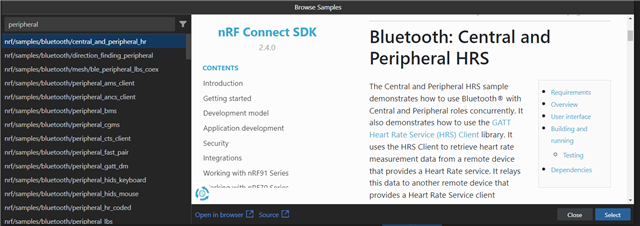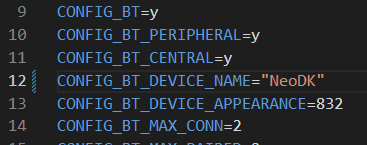hi i currently using nrf52840dk
and i downloaded uart nus function to my dk.
when connected to usb power (J2)
everything works well
but when i use coin cell battry or external supply,
my dk won't turn on.
every my switch is in default state
i found link that has same issue with me
Problems with coin cell and li-po battery
says when uart enabled, only J2 power is valid
does it still hold now?
if i use uart function on my dk, can i only power my dk to J2?
if so, why is that?






